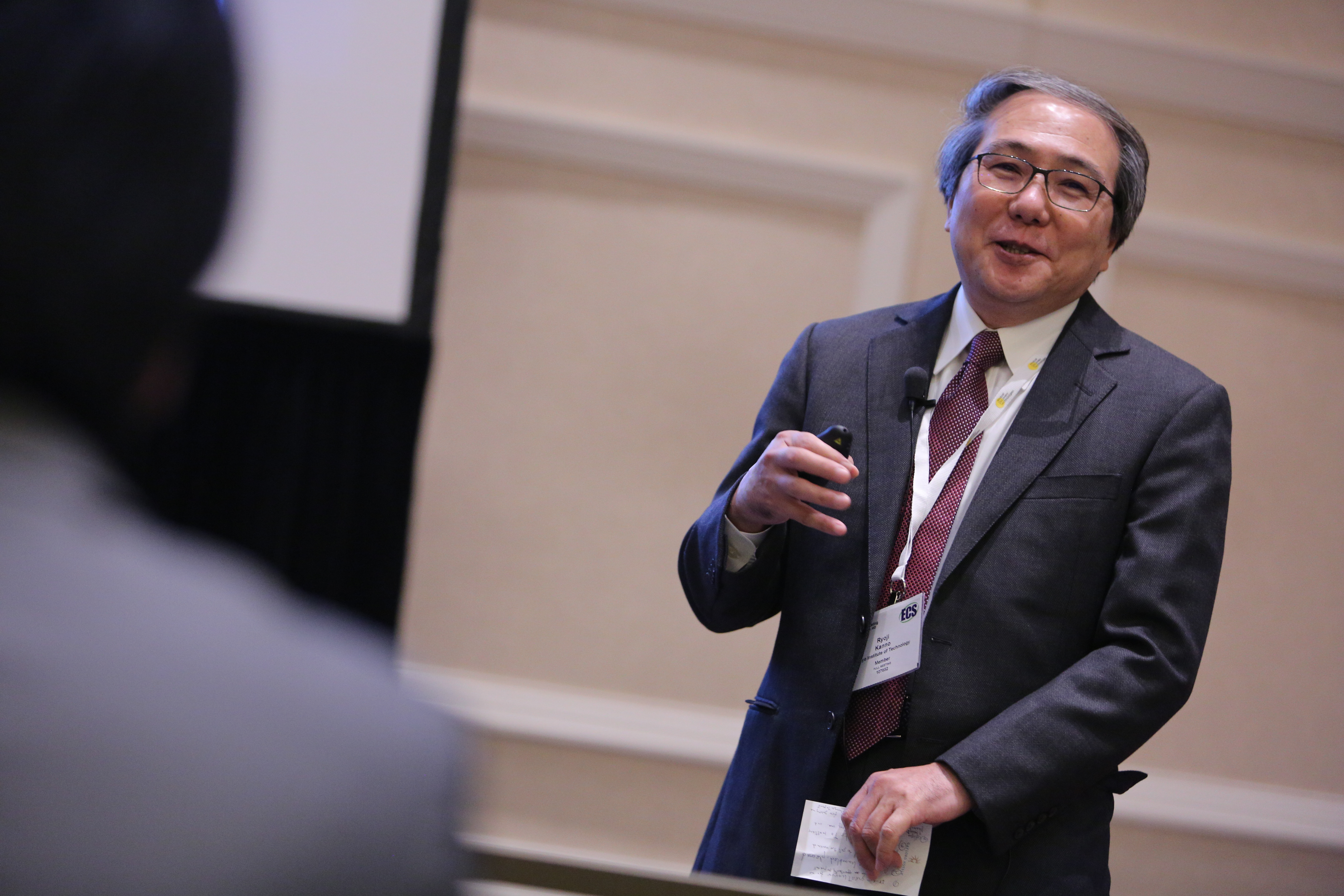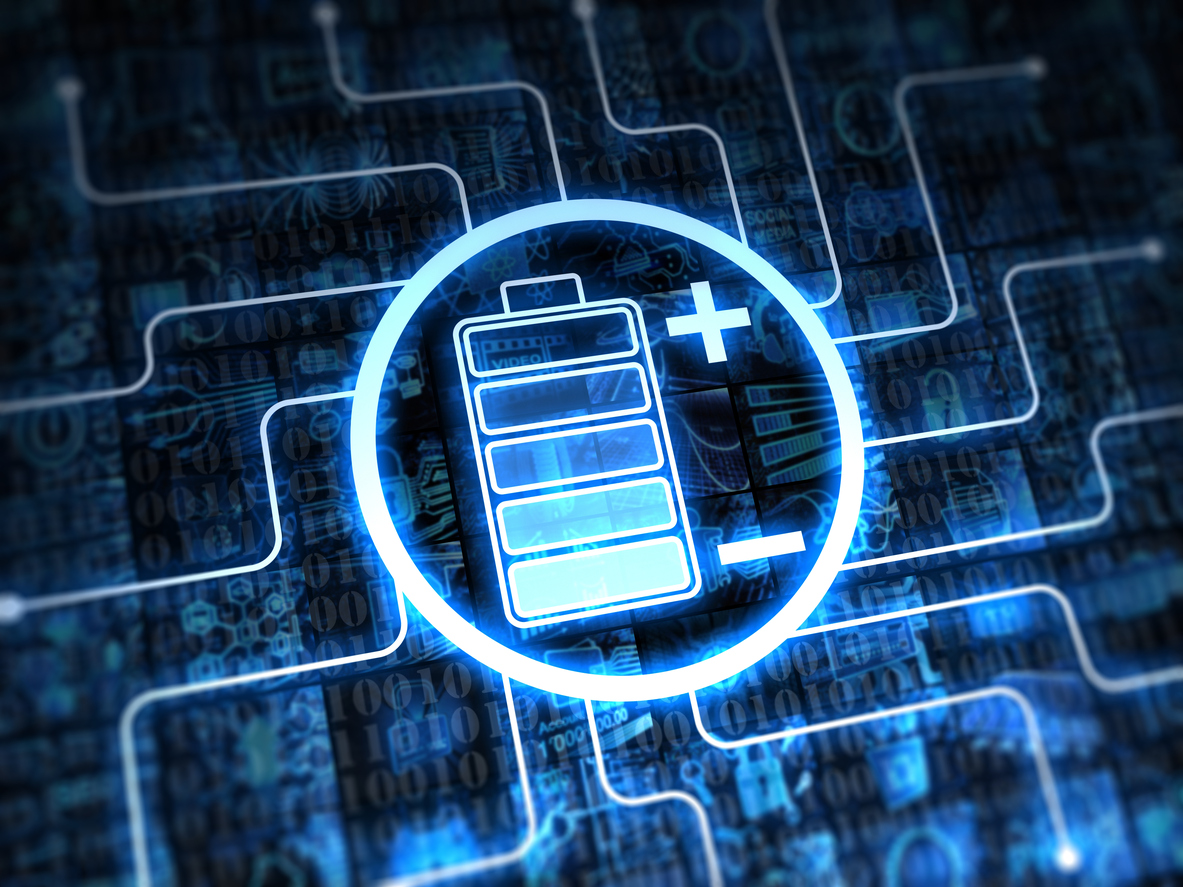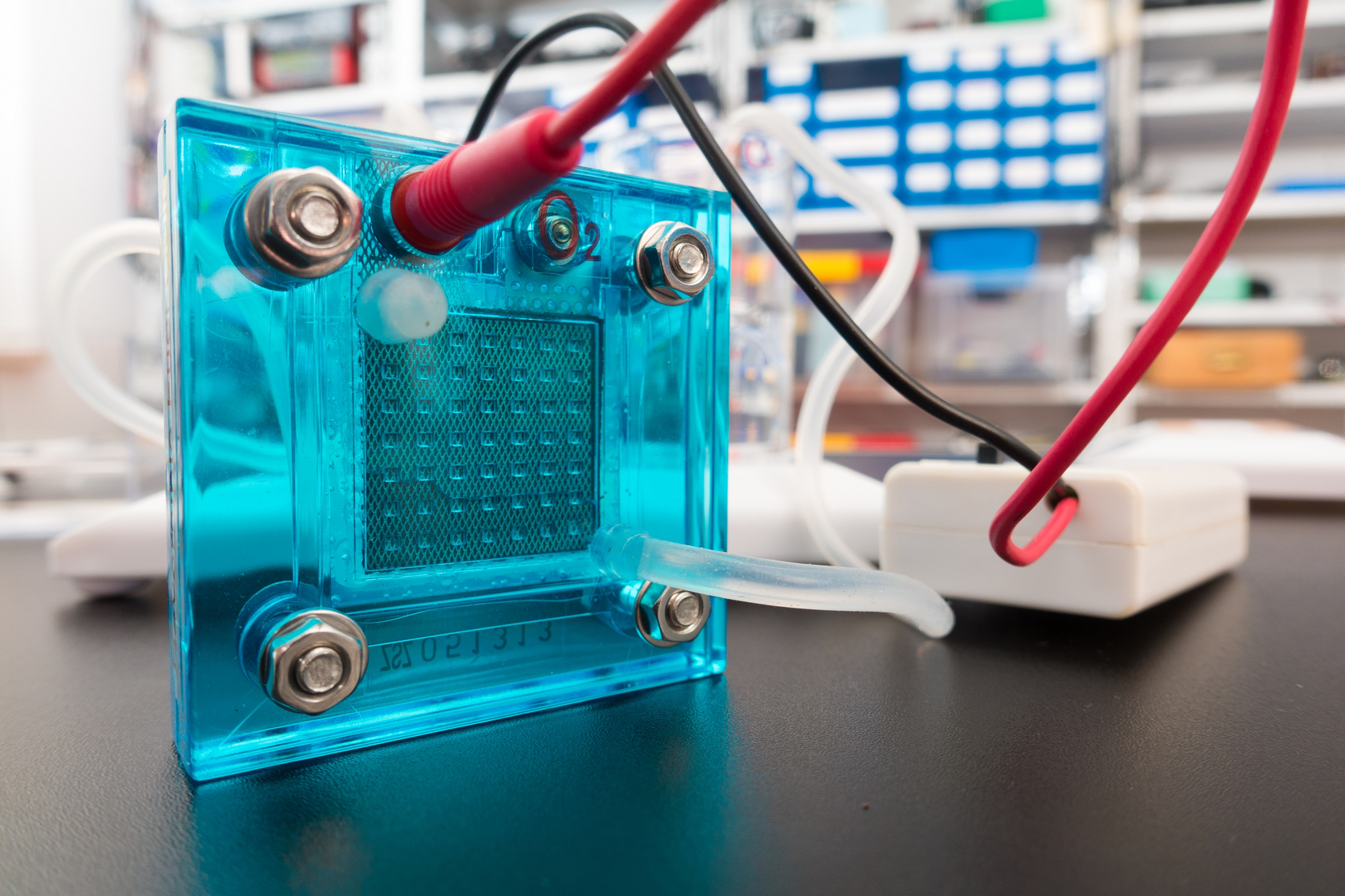 Topic Close-up #2
Topic Close-up #2
Symposium C02: High Temperature Corrosion and Materials Chemistry 13
Symposium Focus: On thermodynamic and kinetic aspects of high temperature oxidation and corrosion, as well as other chemical reactions involving inorganic materials at high temperatures. Studies on materials interactions in high temperature processing or power, propulsion, and energy applications are welcome. Both theoretical and experimental papers are accepted, and contributions from industry and students are especially encouraged.
Featured Invited Speakers: Include Prof. David Young, University of New South Wales, “Preventing high temperature corrosion of chromia-forming alloys by CO2”, Dr. Valerie Wiesner, NASA Glenn Research Center, “Developing Environmental Barrier Coatings Resistant to Molten CMAS”, Prof. Laurence Latu-Romain, Grenoble Alpes University, “Chromia semiconducting properties study: a textbook case?”, and Prof. Yury Gogotsi, Drexel University, “High-temperature behaviors of MXenes”


 Topic Close-up #1
Topic Close-up #1 A new kind of lithium sulfur battery could be more efficient, less expensive, and safer than currently available lithium batteries.
A new kind of lithium sulfur battery could be more efficient, less expensive, and safer than currently available lithium batteries. Ask people to name the most famous historical woman of science and their answer will likely be: Madame Marie Curie. Push further and ask what she did, and they might say it was something related to
Ask people to name the most famous historical woman of science and their answer will likely be: Madame Marie Curie. Push further and ask what she did, and they might say it was something related to  A new sodium-based battery can store the same amount of energy as a state-of-the-art lithium ion at a substantially lower cost.
A new sodium-based battery can store the same amount of energy as a state-of-the-art lithium ion at a substantially lower cost. A new flexible, paper-based supercapacitor could power wearable electronics.
A new flexible, paper-based supercapacitor could power wearable electronics. A closer look at catalysts is giving researchers a better sense of how these atom-thick materials produce hydrogen.
A closer look at catalysts is giving researchers a better sense of how these atom-thick materials produce hydrogen.